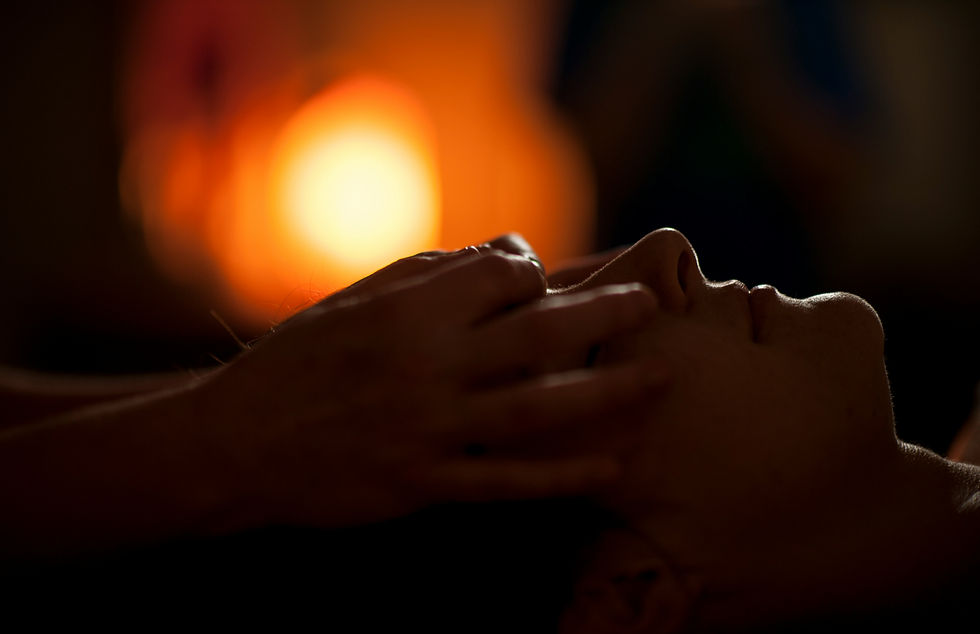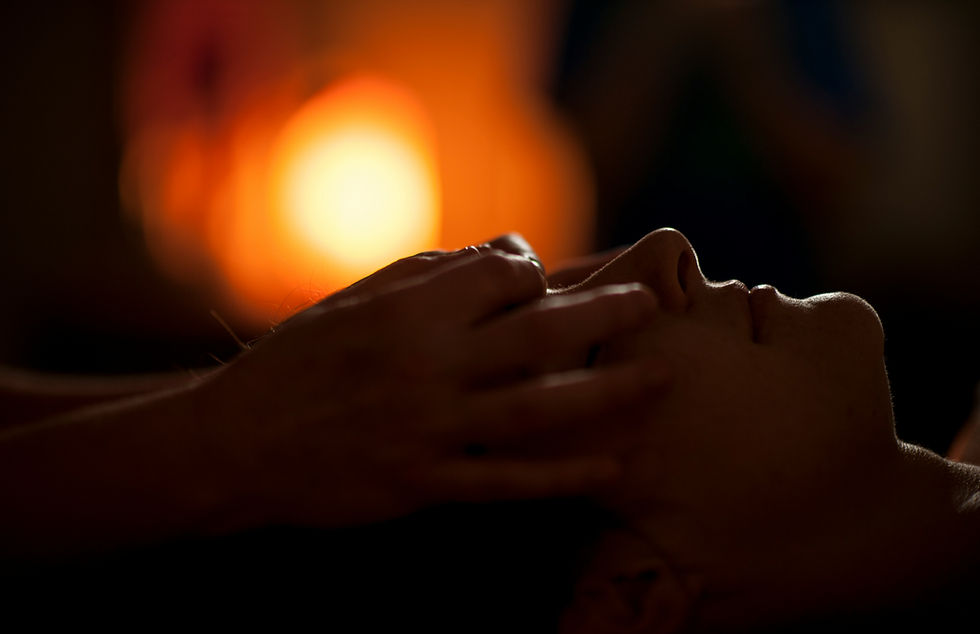Can Massage Help with Anxiety?
- Claire Harrison

- Feb 4, 2024
- 2 min read

Generalised anxiety disorder (GAD) is common in the western world and is twice as common in women as in men. GAD can occur together with panic attacks and phobias but the core characteristic is anxiety.
The background of GAD is complex, where heredity, personality traits and environmental issues may be contributing factors. Personality traits are characterised by negative emotions or feelings and high moral ambitions in combination with low self-esteem.
The symptoms of GAD are, for example, increased muscle tonus or aching muscles caused by tension, restlessness and an inability to relax, impatience, a feeling of a “lump in the throat”, exaggerated reactions to minor incidents, difficulties concentrating, persistent irritability, and insomnia.
GAD can have a heavy impact on a patient's everyday life as it is surrounded by unfocused worries and severe anxiety may interfere with normal social functions. Treatments can include cognitive behavioural therapy and/or psychopharmacological drugs.

A study in 2007 set out to describe how patients with generalised anxiety disorder or severe anxiety experience light-pressure massage. When the patients were asked to describe their general experience of the massage, they preferred describing the experiences of both during, and after the massage sessions. Following this pattern, results were divided accordingly. Two themes emerged from the analysis of the experiences during the massage sessions: the experience of being relaxed in body and mind and the experience of unconditional attention.
The study showed that the essence of receiving massage, for patients with GAD and severe anxiety, was the rediscovery of their capacity. This meant that massage helped them gain access to the capacity level they had had before becoming ill. The patients experienced relaxation of body and mind, unconditional attention, decreased anxiety, and increased self-confidence.
Another study conducted between March 2012 and May 2013 and published in the Journal of Clinical Psychiatry found acute Swedish massage therapy provides significant improvement in symptoms of individuals with generalized anxiety disorder (GAD). The article, written by Emory University researchers, suggests that a time-limited course of massage may be an effective and reasonable treatment alternative for anxiety and depression symptoms.

The randomised, single, blind study compared twice-weekly Swedish massage therapy (SMT) versus light touch over a six-week period for participants with GAD. Therapy sessions lasted 45 minutes under the same room conditions. Patient assessments, self-reported and clinician-rated, were done before the initial session and again after each subsequent session.
Researchers found as early as session five that individuals who received SMT showed greater improvement of anxiety symptoms than those who received light touch. There was also a decrease in depression symptoms among those who received massage.
Regular massage is a widely used technique in many cultures to treat chronic stress and anxiety and deserves serious consideration. Consistent anecdotal evidence, a long history of widespread use of massage for stress reduction, and positive findings of open trials support the view that regular massage therapy reduces the severity of chronic moderate anxiety in general, and specifically when anxiety is related to test-taking or problem-solving, work stress or the anticipation of invasive medical procedures.
Sources:
https://www.sciencedirect.com/science/article/abs/pii/S1744388108000972 https://news.emory.edu/stories/2016/08/massage_for_anxiety_disorder/index.html






Comments